7 Signs of an Underactive Thyroid
Underactive thyroid function or hypothyroidism is one of the most commonly misdiagnosed conditions on the planet. Many people suffer for years with various symptoms related to poor thyroid function without ever getting the help they need. The goal of this article is to help you understand the 7 signs of an underactive thyroid so you don’t have to suffer unnecessarily anymore.
Hypothyroidism affects women much more frequently than men, with some reports saying anywhere from 5 to 8 times more (1). Reports suggest that up to 60% of those with thyroid problems are not aware of the issue. Here are 7 of the main symptoms we see associated with hypothyroidism.

1. Unexplained Weight Gain
Many people notice that they begin gaining weight without making any changes in their nutrition and activity levels. Often, I see women who eat a healthy diet and exercise regularly, but continue to gain unwanted weight.
The thyroid controls our metabolic rate within the cells. When we are unable to get enough thyroid hormone within the cell, our cellular activity slows down, and we burn fewer calories and store more fat.
When mammals go into hibernation, their thyroid levels drop, which slows down their metabolism so they can survive during a famine. When we are ill, we often don’t have an appetite, and our thyroid levels drop, so we can rest and heal.
In the same manner, an underactive thyroid or inability to utilize thyroid hormone effectively is a sign that the body needs more rest in order to heal. In our society, when we have unexplained weight gain, we are told we need to exercise more. This is most often counterproductive and actually makes thyroid function worse.

2. Constant Fatigue and Tiredness
If you are noticing fatigue throughout the day, it is a classic sign of low thyroid activity. This is a natural sign the body gives us that we need to slow down and rest. If we are noticing constant fatigue, it is imperative to listen to our body before we drive it even further into hormonal chaos.
The thyroid hormone drives cellular activity and ignites our energy levels. There are delicate pathways between the adrenal glands, the hormone control centers in the brain (the pituitary gland and the hypothalamus), and the thyroid gland. When we get excessive activity of stress hormones produced by the adrenal glands, it can lead to lowered thyroid activity and the resulting fatigue and tiredness.
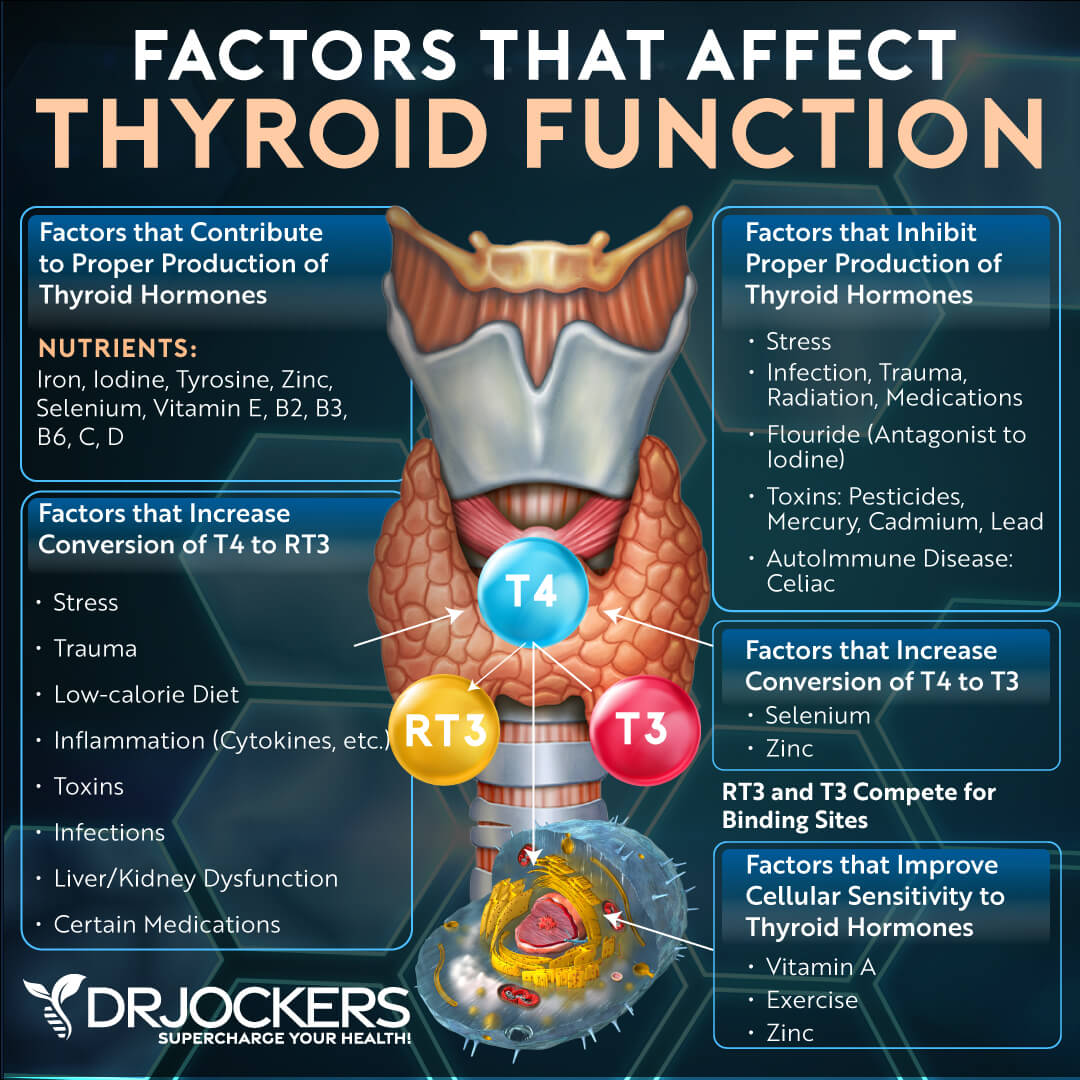
3. Muscle Soreness and Pain
Many individuals with an underactive thyroid present with muscle soreness and pain throughout their bodies. They have often been misdiagnosed with fibromyalgia or chronic pain disorder and will often see a significant reduction in their pain levels when their thyroid hormone levels are balanced.
The medical literature discusses chronic, generalized pain associated with hypothyroidism presenting in multiple parts of the body, including the ankles, legs, wrists, back, neck, arms, and shoulders (2). These cases are often made worse by exposure to cold weather and are often accompanied by cramping, numbness, and tingling.
It is estimated that 80% of all thyroid conditions are autoimmune in nature (3). When we have an autoimmune reaction to one tissue, our body most likely has developed autoimmunity to additional tissues. This may include the muscle sheath, myelin sheath around our nerves or joint capsules, all of which would result in pain if enough tissue damage took place.

4. Menstrual and Fertility Problems
Women who have issues with their menstruation or are struggling with infertility should consider hypothyroidism as a cause. An underactive thyroid is linked to 3 major issues with menstruation (4). These include the following:
Early Menstruation:
This is also called precocious puberty and involves girls having their period begin before the age of 10.
Heavy Periods:
This is called menorrhagia and involves women or young girls having periods that are heavier than usual.
Frequent or Longer than Normal Periods:
Many women with hypothyroid issues will notice a significant shortening of their cycle or periods that last longer than normal.
When the thyroid is not working properly, the body believes it is important to be in a hibernation mode and that the outside environment is not safe to have a child. Here is how it affects fertility:
High Prolactin Levels:
Prolactin is a hormone released from the anterior pituitary gland that allows for lactation to develop after childbirth. High prolactin levels reduce fertility in women, which is why women are significantly less fertile when nursing.
The anterior pituitary gland is also where thyroid stimulating hormone is released, and if the hypothalamus senses low thyroid hormone activity, it will ramp up thyroid releasing hormone, which will then affect the anterior pituitary and often lead to elevated prolactin levels as a result of a massive jolt of activity on the pituitary gland (5).
Anovulatory Cycles: Very high prolactin levels will often result in what is called anovulatory cycles. This is where no ovulating egg occurs, which, of course, makes pregnancy impossible. Many women with hypothyroidism do not ovulate.
Luteal Phase Irregularities: High prolactin can cause a reduced amount of progesterone to be produced after ovulation. This would result in a weak uterine lining that is less viable for embryo implantation. This can result in a period that comes shortly after ovulation; thus, more frequent but shorter periods can occur.
Other Hormonal Issues: Some of the other issues involved with hypothyroidism can include estrogen dominance and low sex hormone binding globulin (SHBG), which will both interfere with normal reproductive capabilities (6).
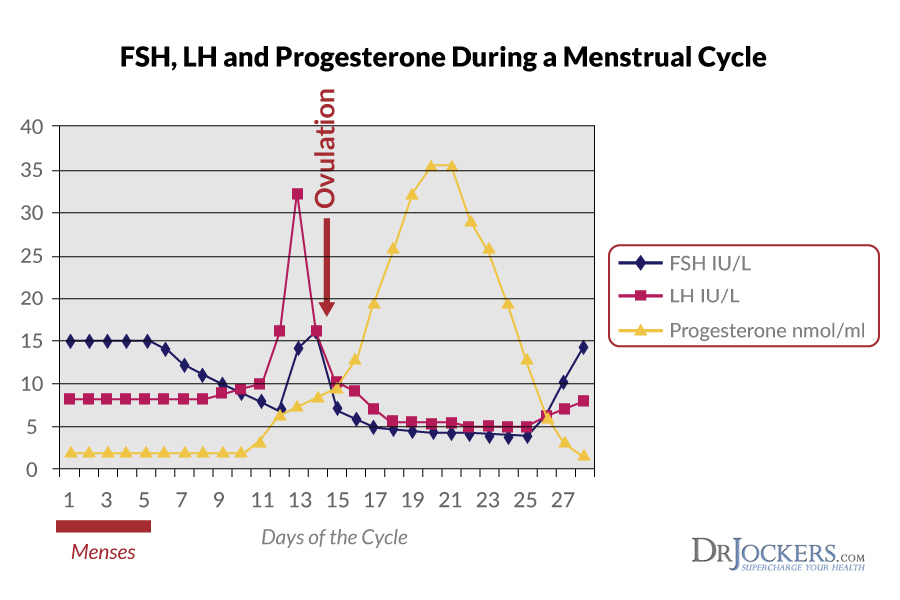
5. Dry and Flaky Skin & Brittle Hair
The thyroid hormone is important to the production of sebum in the sebaceous glands of the skin. Sebum is the oil that provides for healthy skin and hair. With inadequate sebum production, one will often develop dry and flaky skin and dandruff (7).
The skin can also become extremely cold, dry, and pale with hypothyroidism. The dryness can be so bad that there may not be any sweating, and the palms and soles can get thick and dry, causing a condition known as keratoderma.
Hair loss can be diffuse and widespread, involving the entire scalp rather than discrete areas. In many cases, this is due to an autoimmune attack against the hair follicles. Since 80% of thyroid problems are autoimmune in nature, this is a common mechanism.
Additionally, thyroid hormone is important for the growth and development of the hair follicles, and without adequate thyroid hormone, the hair can become very dry and brittle (8).
6. High Cholesterol Levels
One of the biggest reasons for high LDL cholesterol levels has to do with low thyroid hormone production. Unfortunately, most medical doctors run a simple lipid panel, see the high cholesterol, and treat with statin medications that never get to the cause of the real issue – the thyroid. In fact, statin medications deplete CoQ10 in the mitochondria, causing a worsening of thyroid function (9).
The thyroid hormone is a key player in the formation of cholesterol and LDL receptor expression. Low thyroid function leads to poor expression of the LDL receptor and increased cholesterol production by the body (10). Basically, the body doesn’t realize how much LDL it is producing as the receptor is not reading it properly.
The thyroid hormone is important in bile production, of which cholesterol is a major component. Bile is how the body gets rid of excess LDL, but in individuals with hypothyroidism, they have sluggish bile motility. The cholesterol component of bile is typically taken up and eliminated through the stool. Constipation is another common sign of low thyroid, and poor bile motility plays a role.
A study in the Journal of Clinical Endocrinology and Metabolism demonstrated that elevations in TSH without a reduction of T4 can even cause an increase in LDL cholesterol (11).

7. Poor Concentration and Memory
The thyroid hormone plays an important role in brain function. In fact, the brain is saturated with thyroid hormone receptor sites, which play a role in the formation of key neurotransmitters like dopamine, acetylcholine, and serotonin. Low dopamine levels can lead to poor concentration, while low serotonin can lead to depression and insomnia.
One of the classic symptoms of hypothyroidism is depression (12). Many physicians will diagnose and treat depression without ever considering the thyroid. Others will experience insomnia and be treated with medications for that, without any focus on testing the thyroid.
There is a strong link in the literature between an underactive thyroid and dementia. Hypothyroidism causes lowered levels of acetylcholine production, which leads to forgetfulness and often constipation. Correcting the cause of the thyroid imbalance can and should be addressed in these cases.
Conclusion:
Underactive thyroid problems can be the cornerstone of a number of major health symptoms. If you are experiencing any of these conditions, then it is wise to have your thyroid analyzed. Most physicians will only look at a few factors such as TSH, T4, and T3. This is not enough data to rule out an underlying thyroid problem.
I recommend looking at free T4 and free T3 as elevations in estrogen or testosterone can affect the free levels of these hormones, which can cause poor T3 utilization in the cells. Since 80% of hypothyroidism is due to an autoimmune condition, we should always look at antibodies. In particular, we study thyroid peroxidase (TPO) and thyroglobulin (TG) antibodies to look for autoimmune activity against the thyroid.
Finally, we should also look at reverse T3 (rT3), which is an inactive form of T3 that blocks thyroid activity. rT3 rises with adrenal fatigue as a way of slowing down metabolism so the body can heal.
The test I use is called our Comprehensive Blood Analysis, which looks at all of the above factors as well as other key data points such as vitamin D levels, C reactive protein, homocysteine, a complete blood count, and metabolic panel. This is what you want to order if you are concerned about an underactive thyroid condition.
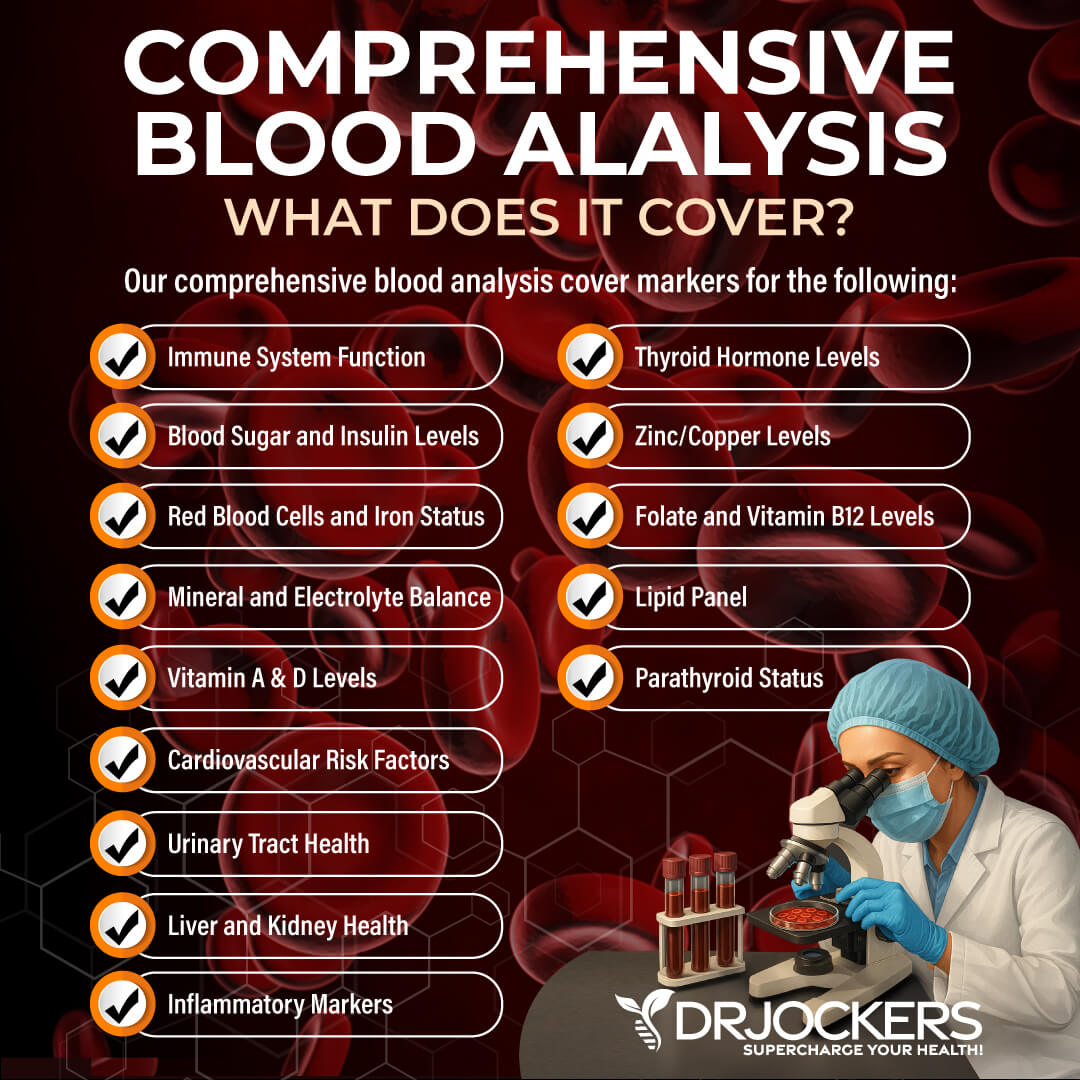
Inflammation Crushing Ebundle
The Inflammation Crushing Ebundle is designed to help you improve your brain, liver, immune system and discover the healing strategies, foods and recipes to burn fat, reduce inflammation and Thrive in Life!
As a doctor of natural medicine, I have spent the past 20 years studying the best healing strategies and worked with hundreds of coaching clients, helping them overcome chronic health conditions and optimize their overall health.
In our Inflammation Crushing Ebundle, I have put together my very best strategies to reduce inflammation and optimize your healing potential. Take a look at what you will get inside these valuable guides below!

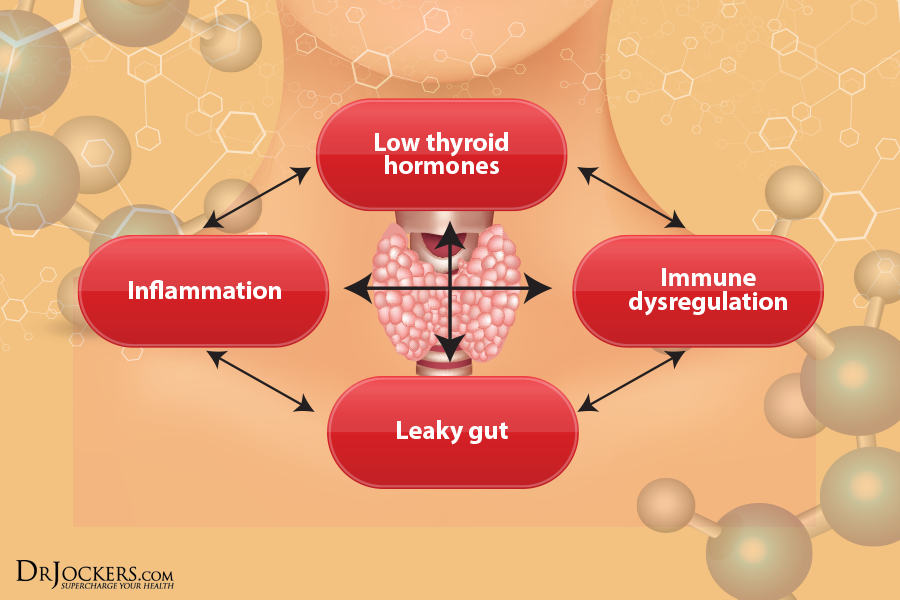
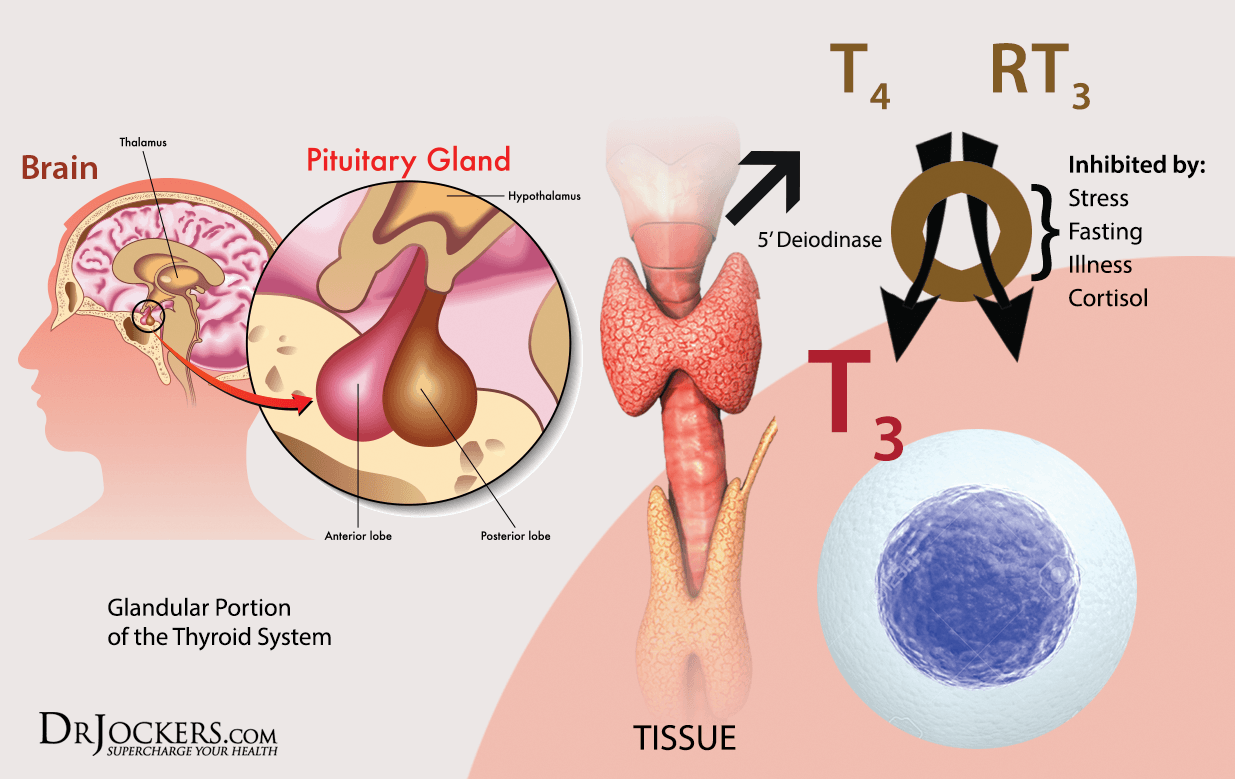

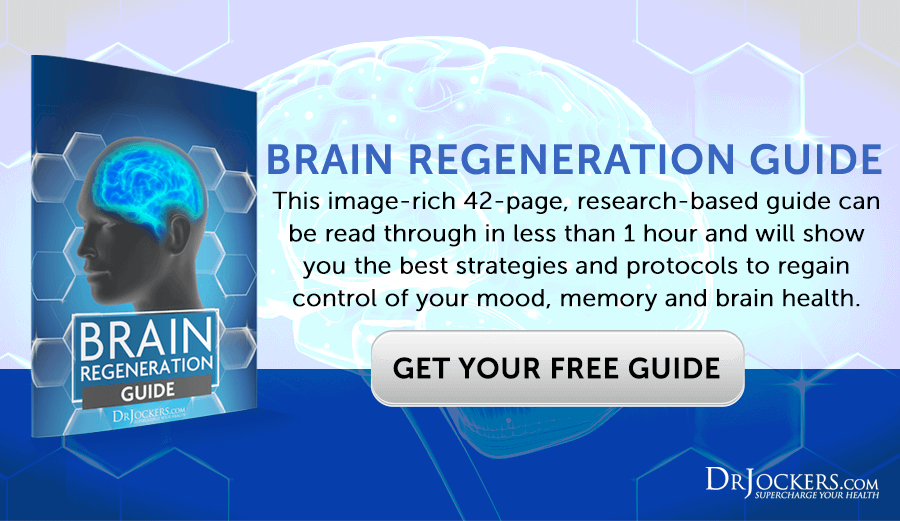


Yes, the Pharma docs and Hospitals WILL kill you! I’m so sorry for your experience.
So,how do we solve?
This is a very good article to help you Jill: https://drjockers.com/18-strategies-to-beat-hypothyroidism-naturally/
I hope this will cover what to do when your thyroid gland has been removed. I don’t want to take the synthroid medication. Actually I quit taking it but can’t really find any other alternative.
Sorry to hear this Connie, I would definitely recommend listening to the docu-series.
Hi Connie I also had my thyroid removed and am currently talking eltroxin. I took synthroid and it made me feel very nauseous. So I was switched to Eltroxin. Not sure if this would help you either to ask your doctor about it.
Hypothyroidism stinks!!! Wish it would go away!
Yes you can get better. Here is a helpful article: https://drjockers.com/beat-hypothyroidism-naturally/
dear Dr I’m a patient from Iraq I read your article ,and a thousand articles like this one ,I have all these symptoms of hypothyroidism ,but the worst is that my all lab tests are normal .none of the endocrinologist helped me ! they don’t believe if any thing is wrong wrong with me ,even my husband suspicious that I may have some psychological issues ,I tried every thing no one can help me 😢😢
Hi Nask, I am so sorry to hear! I would recommend that you work with a functional health practitioner to get to the root cause of your issues and who will customize a specific plan to help you navigate your health journey. This article can help: https://drjockers.com/functional-nutrition-tips-to-find-a-great-health-coach/
Hello, I have noticed a growth on the front part of my neck. I also feel pains around my neck area when I put my glasses on, and when I put on a scarf. How can I know if it’s hypothyroidism or hyperthyroidism. Thank you
Hey Richlove, A doctor can test your thyroid function and confirm if you are have a thyroid condition. I would recommend working with a functional practitioner to get to the root cause of the issue and customize a specific plan. This article can help you understand the major symptoms associated and what a thyroid test offers.